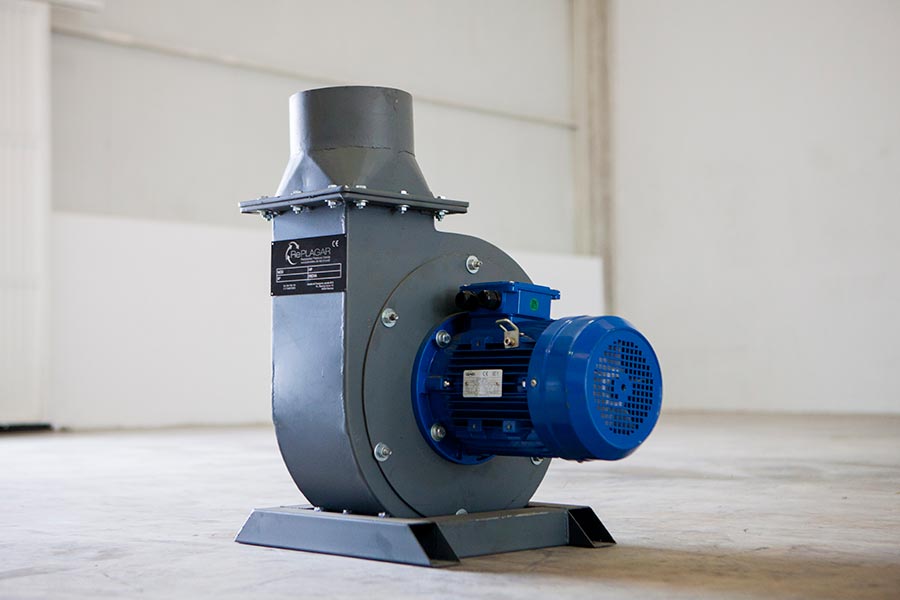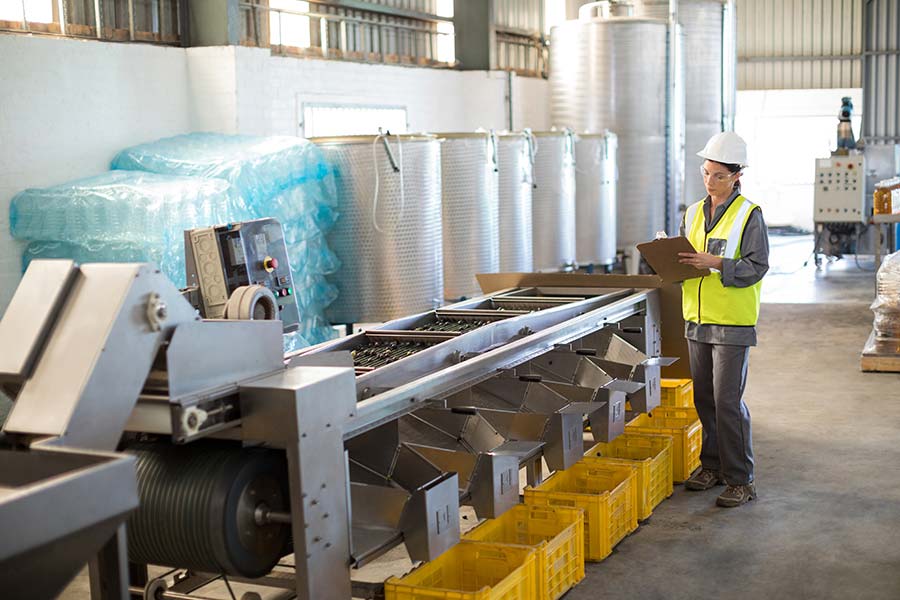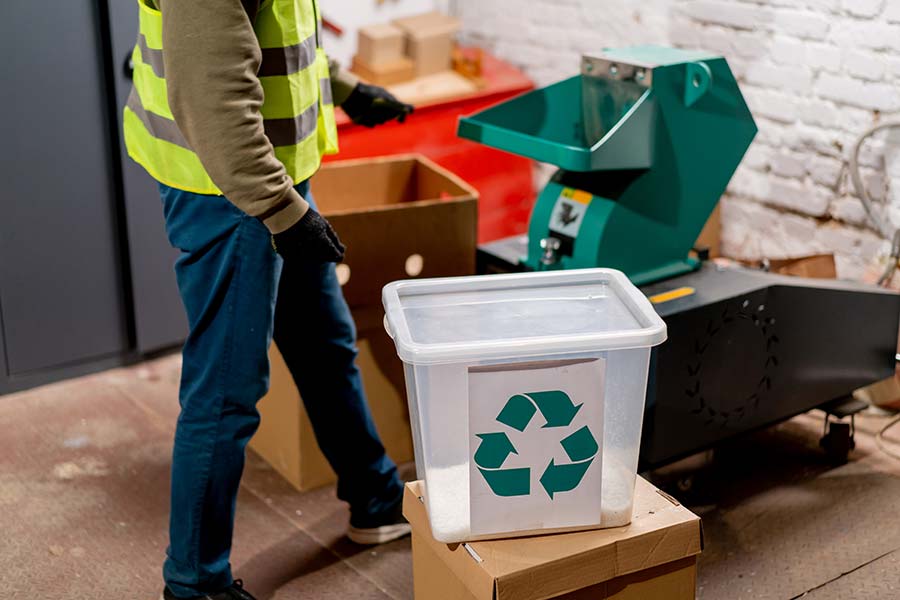Introducción a las máquinas de reciclaje de plástico

El reciclaje de plástico se ha convertido en una prioridad global para combatir la contaminación y promover la sostenibilidad. Las máquinas de reciclaje de plástico juegan un papel crucial en este proceso, permitiendo la transformación de residuos plásticos en materiales reutilizables. En este artículo, exploraremos los diferentes tipos de máquinas de reciclaje de plástico, sus beneficios, innovaciones tecnológicas y casos de éxito, incluyendo la experiencia de Replagar, una empresa líder en el sector.
Tipos de máquinas de reciclaje de plástico
El reciclaje de plástico requiere diversas máquinas diseñadas para diferentes etapas del proceso. A continuación, se describen los tipos más comunes:
Trituradoras
Las trituradoras son esenciales en el reciclaje de plástico, ya que reducen el tamaño de los residuos plásticos a partículas más pequeñas y manejables. Este primer paso facilita el manejo y procesamiento posterior del material.
Extrusoras
Las extrusoras transforman los plásticos triturados en nuevos productos mediante el calentamiento y moldeado del material. Estas máquinas son cruciales para la fabricación de productos reciclados de alta calidad.
Compactadoras
Las compactadoras reducen el volumen de los residuos plásticos, facilitando su transporte y almacenamiento. Son especialmente útiles para grandes cantidades de plástico, como las generadas en plantas industriales.
Prensas de reciclaje
Las prensas de reciclaje comprimen los plásticos, especialmente PET, en fardos compactos. Esto no solo ahorra espacio, sino que también prepara el material para su procesamiento posterior o venta.
Beneficios del reciclaje de plástico
El reciclaje de plástico ofrece múltiples beneficios ambientales, económicos y sociales:
- Reducción de residuos: Disminuye la cantidad de residuos plásticos en vertederos y océanos.
- Ahorro de recursos: Conserva recursos naturales al reutilizar plásticos existentes.
- Economía circular: Fomenta una economía circular, donde los materiales se reutilizan continuamente.
- Generación de empleo: Crea puestos de trabajo en la industria del reciclaje.
Innovaciones y tecnologías en el reciclaje de plástico
El sector del reciclaje de plástico está en constante evolución, con innovaciones tecnológicas que mejoran la eficiencia y la calidad del reciclaje. Entre estas tecnologías se encuentran:
- Sistemas de clasificación automatizada: Utilizan sensores y algoritmos de IA para separar diferentes tipos de plásticos de manera precisa.
- Extrusión avanzada: Mejora la calidad del plástico reciclado y permite la creación de productos más complejos.
- Tecnologías de limpieza: Garantizan que los plásticos reciclados estén libres de contaminantes, mejorando la calidad del material reciclado.
Cómo elegir la máquina de reciclaje adecuada
Elegir la máquina de reciclaje adecuada depende de varios factores, incluyendo el tipo de plástico, el volumen de residuos y los requisitos específicos del proceso. Aquí hay algunos aspectos a considerar:
- Tipo de plástico: Diferentes plásticos requieren diferentes máquinas y procesos.
- Volumen de residuos: Las necesidades de capacidad varían según la cantidad de residuos plásticos que se manejen.
- Calidad del producto final: Las máquinas deben ser capaces de producir plástico reciclado de alta calidad.
Casos de éxito: Implementación de maquinaria de reciclaje
Empresas de todo el mundo están implementando maquinaria de reciclaje de plástico con resultados impresionantes. Un ejemplo destacado es Replagar, una empresa especializada en la fabricación y montaje de maquinaria para plantas de reciclaje de plástico. Con un extenso catálogo de maquinaria tanto nueva como de segunda mano, Replagar ha colaborado con compañías nacionales e internacionales, adaptándose a las necesidades específicas de cada cliente y produciendo soluciones a medida según los requerimientos de sus pedidos.
Replagar: Líder en maquinaria para reciclaje de plástico
Replagar se destaca en el mercado por su compromiso con la calidad y la innovación. Fabricamos y montamos maquinaria para plantas de reciclaje de plástico, ofreciendo una variedad de equipos diseñados para el tratamiento de residuos plásticos. Nuestra colaboración con clientes a nivel nacional e internacional nos ha permitido desarrollar soluciones personalizadas que se ajustan a las necesidades específicas de cada proyecto.
El futuro del reciclaje de plástico
El futuro del reciclaje de plástico es prometedor, con avances tecnológicos y un mayor compromiso global hacia la sostenibilidad. La demanda de soluciones innovadoras continuará creciendo, impulsando el desarrollo de nuevas tecnologías y procesos. Empresas como Replagar están a la vanguardia de esta transformación, liderando el camino hacia un mundo más sostenible mediante la producción de maquinaria de reciclaje de plástico de alta calidad.
Las máquinas de reciclaje de plástico son fundamentales para enfrentar los desafíos ambientales actuales y promover una economía circular. Con la innovación continua y el compromiso de empresas líderes como Replagar, el reciclaje de plástico seguirá avanzando, ofreciendo beneficios significativos para el medio ambiente, la economía y la sociedad.



